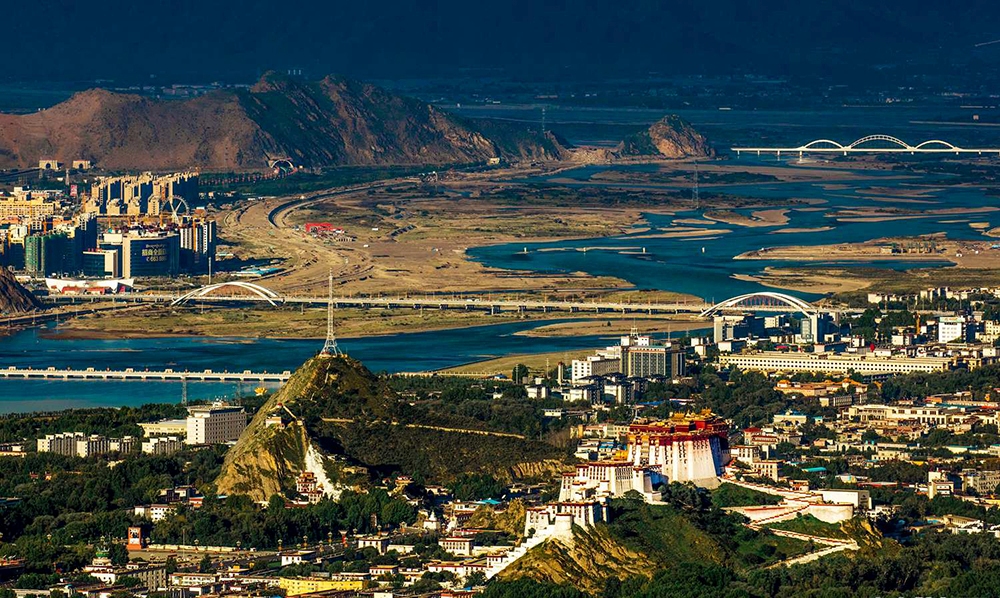Study Group from Xizang Buddhist College Visited Mount Putuo in Zhejiang Province
Editor’s Note: From May 26 to June 6, a group of 40 teachers and students from the graduating class of Xizang Buddhist College embarked on a ten-day teaching practice and study tour across several locations, including Zhejiang Province and Shanghai. This initiative aimed to immerse participants in the achievements of economic and social development as well as the rich folk traditions and customs found in eastern China. Additionally, they sought to explore the historical facts and traces of exchanges of Buddhist culture over the past millennium.
“I have been to Mount Wutai in Shanxi, Mount Emei in Sichuan, and Mount Jiuhua in Anhui. This time, I visited Mount Putuo in Zhejiang. Having now traveled to all four of the renowned Buddhist mountains, I feel a profound sense of fulfillment.” Standing before the statue of Nanhai Guanyin at Mount Putuo, a student from Xizang Buddhist College expressed his sentiments with deep emotion. The two-day study program at Mount Putuo provided both teachers and students with an enriched understanding of Buddhism’s legacy over the past 1,000 years on this sacred mountain. For most participants, it was their first experience traveling by plane to East China; thus, every aspect of this journey was novel and enlightening for them.
Guanyin and the Potala Palace share an inseparable connection. In Chinese, “Putuo Luojia” and “Potala” in Tibetan convey the same meaning. The term “Potala” is a transliteration from Sanskrit, which can also be rendered as “Putuoluo” or “Putuo.” It refers to the island where Guanyin resides. The Red Mountain, on which the Potala Palace is situated, is also known as Maburi Holy Mountain and is regarded as the second Putuo of Guanyin. Thus, it can be asserted that Mount Putuo and Tibetan Buddhism are closely intertwined.
From Fayu Temple to Zizhuchanlin, and from Puji Temple to Huiji Temple, the teachers and students traversed halls and pavilions of temples, immersing themselves in the rich religious and cultural atmosphere of ancient sites while appreciating the weight of history and the solemnity inherent in tradition.
“This is the first Tibetan script I have seen at Mount Putuo!” A student exclaimed beside the stone shaped like the Chinese character for “heart” in the Xitian Scenic Area, drawing the attention of fellow teachers and students. This stone carving features proverbs consisting of six characters. Although its exact date of creation remains unknown, it bridges the connection between these two places. “We were curious throughout our journey about whether there was any presence of Tibetan Buddhism here, and we did not expect to come across it,” one student remarked. Furthermore, Duobao Pagoda, recognized as one of Mount Putuo’s three precious cultural relics, is notable for being the oldest existing structure on the mountain and represents Tibetan Buddhism. It showcases typical architectural styles from the Yuan Dynasty and exemplifies the highest level of craftsmanship from that era. These details vividly illustrate the ongoing cultural exchange and integration since ancient times.
Mount Putuo, known as the “Buddhist Kingdom on the Sea,” not only attracts tourists with its religious culture but also enchants them with its distinctive natural scenery. Many teachers and students from Xizang Buddhist College who participated in this study saw the sea for the first time while visiting Mount Putuo.
From the early morning until sunset, alongside the natural scenery, the ancient temples and Buddha statues narrate a story that embodies Buddhism’s teachings of kindness and positivity. For thousands of years, these elements have fostered exchanges and integration within the Chinese nation.
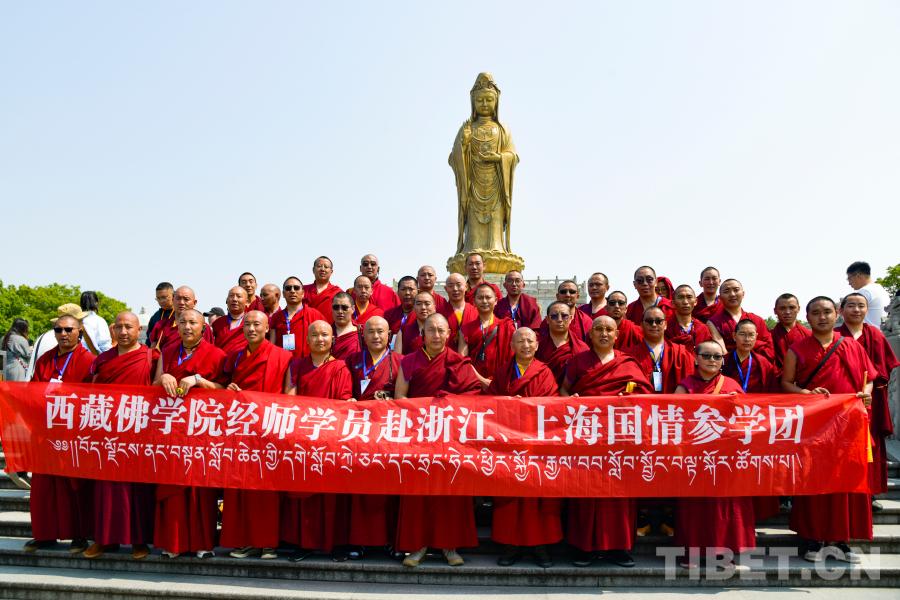
Teachers and students from Xizang Buddhist College are taking a group photo in front of the Nanhai Guanyin statue at Mount Putuo.
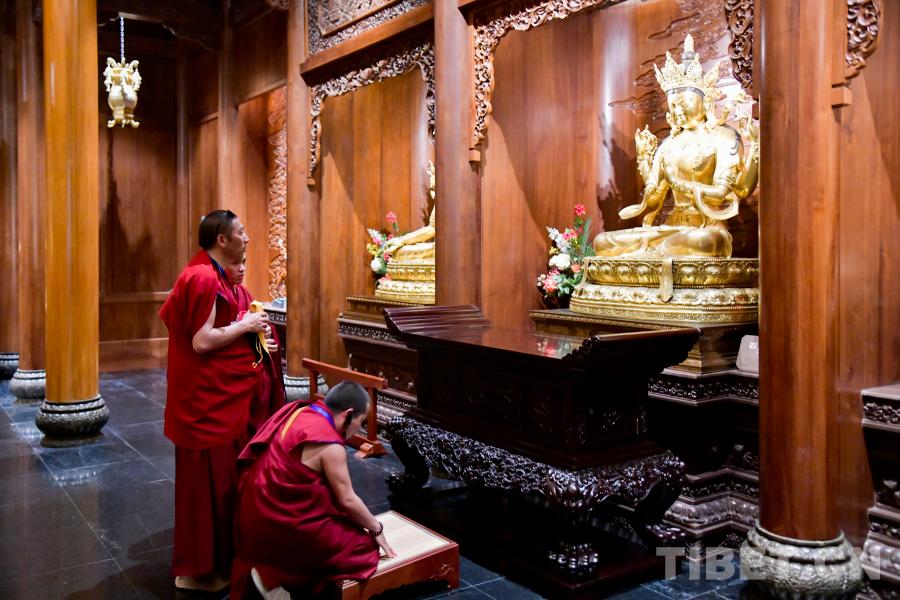
In the Guanyin dharma realm of Mount Putuo, teachers and students from Xizang Buddhist College are learning about different Guanyin cultures.
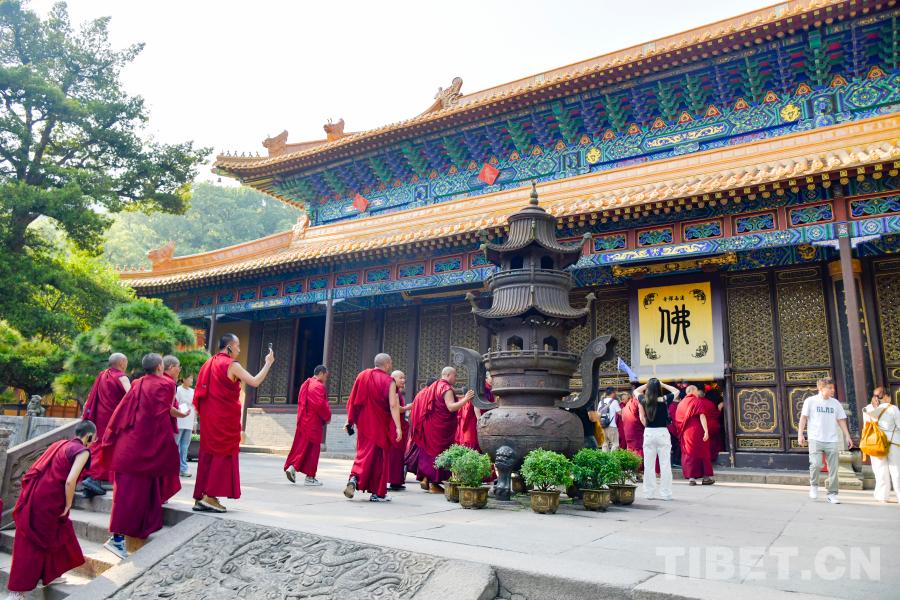
Teachers and students from Xizang Buddhist College are visiting Fayu Temple.
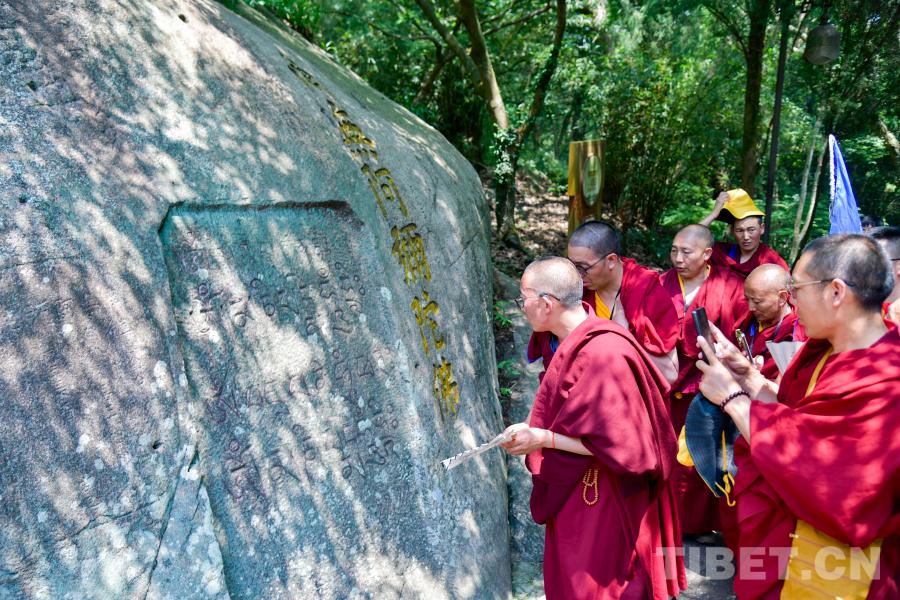
Teachers and students from Xizang Buddhist College are attracted by Tibetan carving in the Xitian Scenic Area of Mount Putuo.

Students from Xizang Buddhist College are writing the characters “China” on the coast of the East China Sea.
Stories
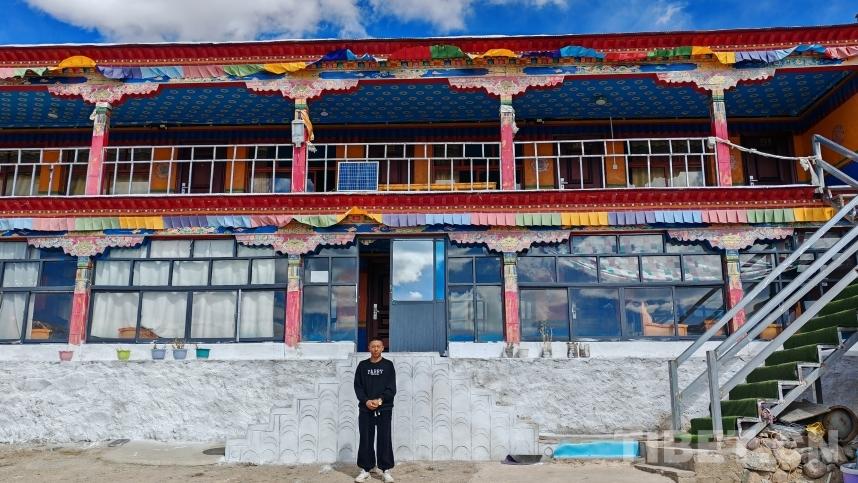
Path to Better Life for People in Ombu Community, Nagqu
Yomzhong, at the age of 26, runs his own homestay beside Tangra Yumco Lake.
Editor’s Choice
- Six Scholars Talked about Good-neighborly Friendship and Community of Shared Future
- The origins of the Zangnan area disputes
- China Brooks No External Interference in Zangnan Area
- It is groundless accusation smearing the boarding school in Xizang
- Xizang fully guarantees freedom of religious belief: white paper

